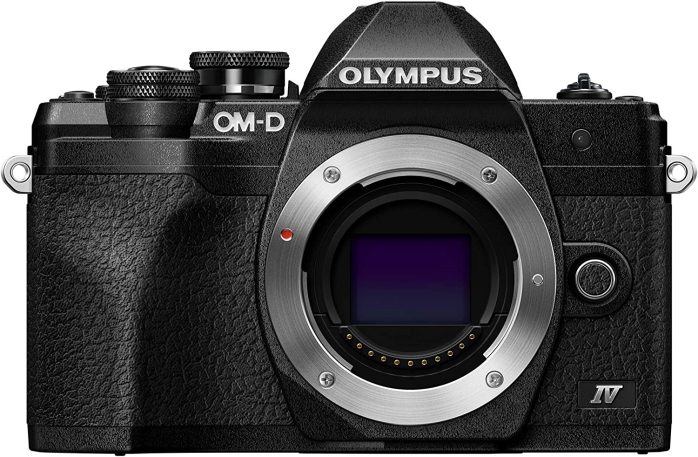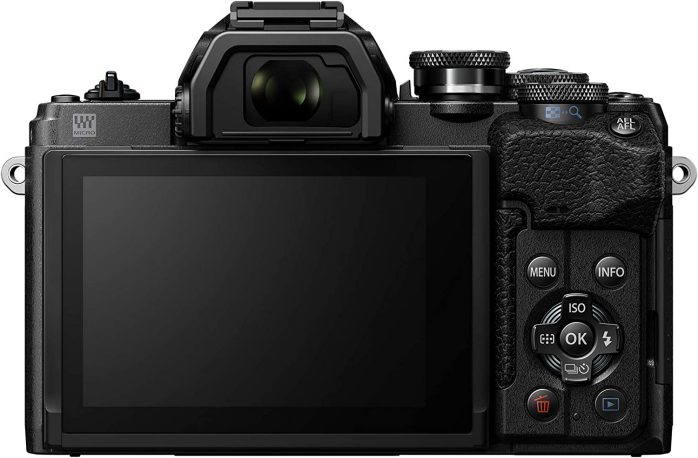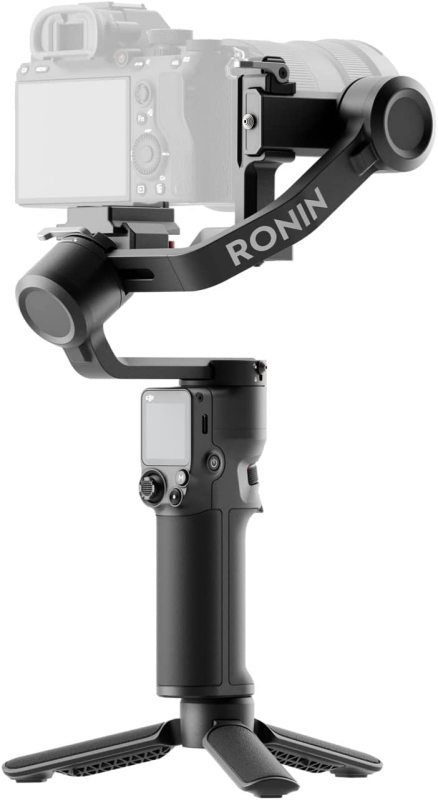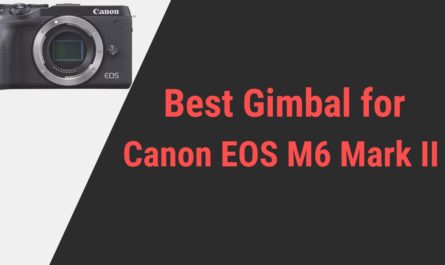Among many gimbals in the market for your exceptional camera, we understand how tough it is to choose one, especially when using a camera like Olympus E-M10 Mark IV. It is one of the most impeccable cameras that you can get today.
In recent years, gimbal stabilizers have become increasingly popular for photographers and videographers who want to capture smooth and steady footage.
Olympus E-M10 Mark IV is an excellent camera for vloggers, travelers, and enthusiasts who want to capture high-quality photos and videos on the go. However, without a good stabilizer, shaky footage can be a problem, especially when recording while moving.
This article will discuss some of the best gimbals for the Olympus E-M10 Mark IV. We will consider factors such as weight capacity, ease of use, and compatibility with the camera.
Whether you are a professional videographer or a beginner, there is a gimbal on this list that will help you take your footage to the next level. But before we head into which gimbals you should get, let us have a quick look at why you should get a gimbal.
Olympus OM-D E-M10 Mark IV
There is no official support from gimbal manufacturers for the OLYMPUS E-M10 Mark IV. Some features like capturing photos, focus, and start/stop recording may not work using the gimbal or wireless app so you have to manually adjust all these things from the camera when shooting.
Other than that, all the mentioned gimbals here work perfectly fine and I have personally tested them all with the OLYMPUS OM-D E-M10 Mark IV camera.
| DJI RS 3 (Best Overall)

|
| DJI RS 3 Pro (Most High-end - Highest Payload Capacity & Comes with Advanced Features)
   |
Best Gimbal for Olympus E-M10 Mark IV
1. DJI RS 3
If you are a professional photographer or you have just started using a gimbal, we are sure that you might have heard the name of DJI; they are well known for providing the best gimbals that you can get for your camera.
In recent years they have launched DJI RS 3, among others, and we are quite impressed with the performance this gimbal gives with Olympus E-M10 Mark IV.
You will be quite impressed with the payload capacity when you use a camera like Olympus E-M10 Mark IV, the payload capacity that you will get in RS 3 is 3 kg.
Although it does require some adjustment, we are sure that once you get the hang of it, you will definitely have a killer combo in your hand for your professional or casual shoot.
It is a bit more expensive than what you would like to pay for your gimbal, but every penny that you spend on it is worth it.
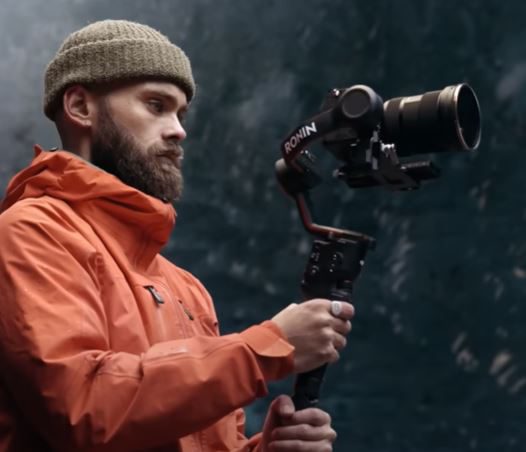

The DJI RS 3 offers exceptional stability and control thanks to its advanced three-axis gimbal system. This allows for smooth and steady footage, even when shooting in challenging conditions.
The gimbal system also makes it easy to adjust the camera position and angle as needed, giving you maximum control over your shots.
Let us also not forget that it comes with a powerful battery that can last up to 12 hours on a single charge. This is more than enough for a full day of shooting, and the battery is easily replaceable, so you can keep shooting even if you run out of juice.
Pros
- Sufficient payload capacity
- OLED screen for better control
- Impressive stabilization
- Lightweight
- Easy to handle
Cons
- Expensive
- Setting up with Olympus E-M10 Mark IV requires some efforts
2. DJI RS 3 Pro
If you are looking for a gimbal that is even more professional and is an upgraded version of the previously shown gimbal, we are sure that the RS 3 pro will fit that bill.
We have tested and tried this gimbal with Olympus E-M10 Mark IV, and we are sure that our review will help you in making a purchase decision.
One of the most significant advantages of the RS 3 Pro is its impressive payload capacity, which can support up to 10 pounds of camera and lens weight.
Despite Olympus E-M10 Mark IV being a small and lightweight camera, the RS 3 Pro was able to support it with ease and will give you the flexibility to use a range of different lenses without worrying about weight.
The advanced stabilization system is another impressive feature of the RS 3 Pro. The three-axis gimbal system is designed to keep your shots stable and smooth, even when you’re moving or walking.
The RS 3 Pro allows you to capture footage that is free from unwanted motion and shake, even when you are walking or running. Another standout feature of the RS 3 Pro is its advanced control system.
The DJI app allows you to fine-tune settings and access advanced features such as hyperlapse and panorama modes. You will easily be able to control the stabilizer’s movements and settings with ease to capture the footage you want with minimal effort.
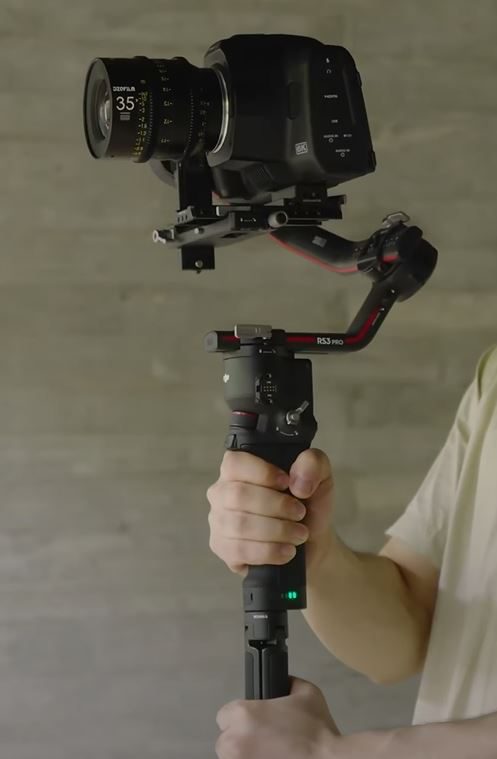

The modular design of the RS 3 Pro is another significant advantage. It is designed to be customizable, with interchangeable parts that can be swapped out as needed.
This makes it easy to adapt the stabilizer to your specific needs and preferences, and it allows you to upgrade or replace parts without having to buy a completely new device.
We can definitely say the DJI RS 3 Pro is an exceptional camera stabilizer that delivers professional-grade performance and stability to your footage.
When used with the Olympus E-M10 Mark IV, it provides an unparalleled level of stability and smoothness, which makes it an excellent tool for capturing high-quality video and photos.
If you’re a professional videographer or photographer looking for a reliable and versatile camera stabilizer, the DJI RS 3 Pro is definitely worth considering.
Pros
- Highly stabilized results
- Impressive payload capacity
- Versatile
- Compact
- Easy to use and carry
- Long battery life
Cons
- Limited compatibility with the camera
- Price
Now that you have learned a bit about different gimbals that you can get for your Olympus E-M10 Mark IV, it is time that we gave you some of the best tricks and tips that you can use to ensure that you are making the best out of your camera and gimbal.
Why should you get a gimbal for Olympus E-M10 Mark IV?
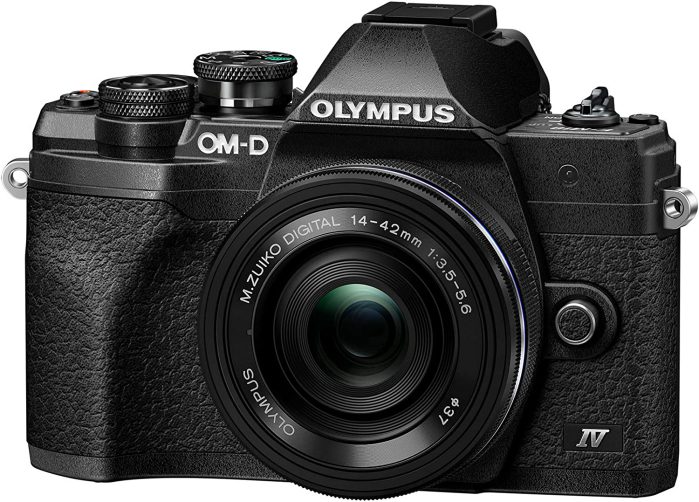

Getting a gimbal for your Olympus E-M10 Mark IV has several benefits that can enhance your photography and videography experience. Here are a few reasons why you should consider getting a gimbal,
- Steady footage– A gimbal stabilizer can significantly reduce camera shake, resulting in smooth and stable footage, even when you are moving. When the camera moves, the sensors in the gimbal detect the movement and send signals to the motors to adjust the position of the camera. The motors work together to counteract the movement and keep the camera level and balanced. This results in smooth and stable footage, even when the camera is moving or when there is external vibration. A gimbal’s system of motors and sensors makes it possible to stabilize the camera and reduce camera shake, resulting in smooth and steady footage that is ideal for professional photography and videography.
- Improved video quality– By using a gimbal, you can create cinematic shots and add a professional touch to your videos, making them stand out from the rest. Using a gimbal can improve the quality of your footage by reducing camera shake and creating smooth and stable shots. This can add a professional touch to your videos and make them stand out from the rest, resulting in high-quality content that is ideal for photography and videography.
- Better control– Most gimbals come with different modes and settings that allow you to control the camera’s movement, such as pan, tilt, and roll, giving you more creative freedom. Gimbals offer better control over the camera’s movement, allowing you to pan, tilt, and roll the camera smoothly and precisely. With different modes and settings, gimbals provide a range of creative options to enhance your shots and make them more professional-looking, giving you more control and creative freedom.
- Compact and portable– Gimbals are lightweight and easy to carry around, making them ideal for travel and outdoor shooting. Gimbals are designed to be lightweight, compact, and portable, making them ideal for outdoor shooting and travel. They can easily fit into a camera bag or backpack, and some models can even be folded down for easier storage and transportation. This portability allows for more flexibility in shooting locations and can make shooting on the go much easier.
- Versatility– With a gimbal, you can use different lenses and accessories, giving you more options to capture the perfect shot. Gimbals are highly versatile and compatible with a range of cameras and accessories, making them suitable for a variety of photography and videography applications. They can be used with different lenses, filters, and attachments, providing more creative options and enhancing the overall quality of your footage. This versatility makes the gimbal a valuable tool for photographers and videographers looking to achieve high-quality shots with Olympus E-M10 Mark IV.
In short, a gimbal for your Olympus E-M10 Mark IV can help you take your photography and videography skills to the next level, whether you are a professional or a beginner.
Tips for using a gimbal
Using a gimbal with a camera can be a great way to capture smooth and stable footage, but it requires some skill and practice to get the most out of your equipment. Here are some unique tips to help you use a gimbal with your camera:
Balance your Gimbal Properly- Proper balancing of your gimbal is crucial for stable footage. Make sure that the weight distribution is even on all axes by adjusting the tilt, roll, and pan axes to ensure that the camera is level and stable. Take the time to properly balance your gimbal before you start filming to ensure that you get the best results.
Use a Follow Focus- If you want to capture shots with a moving subject, use a follow focus system to keep the focus on your subject. This will ensure that your subject remains in focus even if they move within the frame. You can use a wireless follow-focus system that attaches to your lens and connects to your gimbal. This will allow you to control the focus of your camera without having to touch the lens, which can cause unwanted movement.
Use the Right Settings- The settings on your camera can make a big difference in the quality of your footage. Adjust your camera settings to achieve the best results. For example, use a fast shutter speed to avoid motion blur and use a low ISO to reduce noise. You can also use a neutral density filter to control the amount of light that enters your camera, which can be especially useful when shooting in bright sunlight.
Use the Right Camera Settings- Some cameras have a specific setting for use with a gimbal, such as the Sony A7 SIII’s “SteadyShot” mode. This can help stabilize your footage even further and make it easier to use a gimbal.
Use a Monopod or Tripod- While a gimbal can provide stabilization for your camera, it’s not always practical or comfortable to hold it for long periods of time. Use a monopod or tripod to help support the weight of your camera and gimbal, especially if you’re shooting for an extended period of time.
Use the Right Movement- When using a gimbal, it’s important to move smoothly and deliberately to avoid unwanted motion. Move the gimbal in a controlled manner, and use slow and deliberate movements to achieve the best results. Avoid sudden movements or jerky motions, as these can cause unwanted shaking or jarring in your footage.
Practice- Using a gimbal takes practice and patience. Take the time to practice using your gimbal before you start filming, and experiment with different settings and techniques to achieve the best results. It’s important to be patient and persistent, as it may take some time to master the art of using a gimbal.
Use a Remote Control- If your gimbal comes with a remote control, use it to control the movement of your camera. This can help you achieve smoother and more controlled movements and can also allow you to adjust your settings without having to touch your camera or gimbal.
Use the Right Accessories- There are a variety of accessories that can help you get the most out of your gimbal, such as a phone holder or external monitor. These can help you control your camera and monitor your footage more easily, which can lead to better results.
Final Thoughts
In conclusion, there are many great options for gimbals to use with the Olympus E-M10 Mark IV. Each gimbal has its own unique features and advantages, making it important to choose the one that best suits your needs and budget.
Some key factors to consider when choosing a gimbal include weight, battery life, stability, ease of use, and compatibility with your camera.
By selecting the right gimbal for your Olympus E-M10 Mark IV, you can capture smooth and stable footage that will enhance your filmmaking or photography projects.
Whether you are a professional filmmaker or a hobbyist photographer, investing in a high-quality gimbal can take your work to the next level and help you achieve your creative vision.


